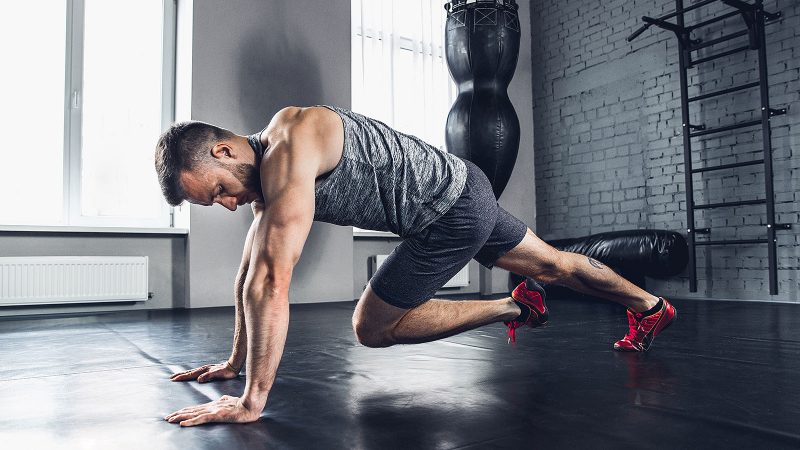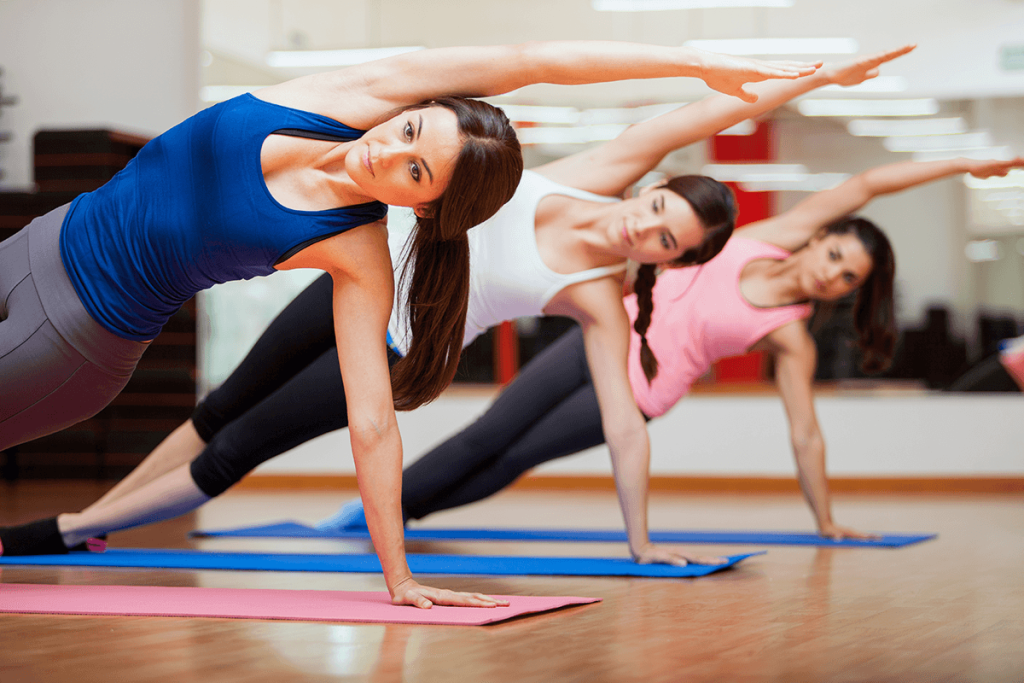Exercise and Fitness: A Comprehensive Guide to Staying Active
Exercise and fitness play a critical role in maintaining a healthy lifestyle. Regular physical activity can help prevent chronic diseases, improve mental health, and enhance overall quality of life. In today’s fast-paced world, it’s easy to neglect the importance of exercise, but understanding its benefits and how to incorporate it into your routine can make a significant difference in your well-being. This blog will explore the benefits of exercise, the different types of exercise, and how to build a fitness plan that works for you.
The Importance of Exercise
Physical activity is crucial for maintaining a healthy body and mind. Engaging in regular exercise can help reduce the risk of heart disease, stroke, diabetes, and obesity. Additionally, it helps manage stress, improve sleep, and boost energy levels.
1. Health Benefits
Exercise has been shown to reduce the risk of chronic conditions such as high blood pressure, high cholesterol, and type 2 diabetes. It also strengthens bones and muscles, which can reduce the risk of falls and fractures in older adults. Moreover, it helps regulate blood sugar levels and can improve heart health.
2. Mental Health
Regular exercise has a profound impact on mental health. It has been shown to reduce symptoms of anxiety and depression by releasing endorphins, which act as natural mood elevators. Physical activity also improves cognitive function, which can help protect against cognitive decline as we age.
3. Weight Management
Exercise plays a crucial role in weight management. Along with a balanced diet, physical activity helps burn calories and fat, contributing to healthy weight loss or maintenance.
4. Longevity
Studies have shown that individuals who engage in regular physical activity tend to live longer and experience fewer health issues. Staying active can improve your quality of life and enhance your ability to perform daily tasks as you age.

Types of Exercise
There are various types of exercise, each offering unique benefits. A well-rounded fitness program includes a combination of the following types of exercise:
1. Aerobic Exercise
Aerobic exercise, also known as cardio, involves activities that increase your heart rate and improve cardiovascular endurance. Examples include walking, running, cycling, swimming, and dancing. Aerobic exercise is excellent for improving heart health, increasing lung capacity, and burning calories.
2. Strength Training
Strength training, also known as resistance training, involves using weights, machines, or bodyweight exercises to build muscle strength. This type of exercise is essential for maintaining muscle mass and bone density, particularly as we age. Popular strength training exercises include squats, push-ups, weight lifting, and resistance band exercises.
3. Flexibility and Stretching
Flexibility exercises help improve the range of motion in your joints and muscles, reducing the risk of injury and improving posture. Activities such as yoga and Pilates are excellent for enhancing flexibility and increasing core strength. Stretching exercises can help improve flexibility, reduce muscle tension, and increase relaxation.
4. Balance and Coordination
Balance exercises are crucial for preventing falls and improving stability. These exercises strengthen the muscles that support your joints and improve coordination. Simple activities like standing on one leg, tai chi, or balance-focused poses can help enhance balance and coordination.
Creating a Fitness Routine
When creating a fitness routine, it’s important to choose exercises that you enjoy and that align with your goals. A well-balanced exercise program typically includes a combination of aerobic, strength, flexibility, and balance exercises. The key is consistency and gradual progression to avoid overexertion.
1. Start Slow
If you are new to exercise, it is important to start with manageable activities and gradually increase intensity and duration as your fitness improves. This will help prevent injuries and burnout.
2. Set Realistic Goals
Establishing specific and achievable fitness goals can keep you motivated. Whether your goal is to improve cardiovascular fitness, build strength, or lose weight, having a clear target will help guide your progress.
3. Mix it Up
To prevent boredom and keep your workouts interesting, try incorporating a variety of exercises into your routine. This not only makes exercising more enjoyable but also ensures that you’re targeting different muscle groups and improving overall fitness.
4. Listen to Your Body
It is essential to pay attention to how your body feels during and after exercise. If you experience pain or discomfort, take a break or modify your workout. Rest and recovery are just as important as exercise itself.

Exercise Recommendations for Different Age Groups
Exercise needs vary depending on age, fitness level, and health conditions. Here is a general overview of exercise recommendations for different age groups:
Children and Adolescents
Children should engage in at least 60 minutes of moderate-to-vigorous physical activity every day. This can include activities such as playing sports, running, or biking.
Adults
Adults should aim for at least 150 minutes of moderate-intensity aerobic activity or 75 minutes of vigorous-intensity aerobic activity each week. Additionally, strength training exercises should be performed at least two days per week.
Older Adults
Older adults should focus on exercises that improve balance, flexibility, and strength to maintain independence and reduce the risk of falls. Aerobic exercises such as walking or swimming, along with strength training and balance exercises, are ideal.
Staying Active and Overcoming Barriers
Staying active can sometimes be challenging due to time constraints, lack of motivation, or physical limitations. However, it’s important to find ways to stay consistent and motivated.
1. Find an Activity You Enjoy
Exercise doesn’t have to be boring. Find activities that you enjoy, such as dancing, hiking, or playing a sport, to make it more fun and engaging.
2. Make It a Habit
Schedule your workouts just like any other important activity. Consistency is key to reaping the benefits of exercise.
3. Get Support
Joining a fitness class, working out with a friend, or hiring a personal trainer can provide the motivation and accountability you need to stick with your routine.
4. Start with Small Goals
Set small, realistic goals that you can achieve quickly. This can help you stay motivated and feel a sense of accomplishment.
Conclusion
Exercise and fitness are essential components of a healthy lifestyle. Whether you are looking to improve your cardiovascular health, increase strength, or simply maintain a healthy weight, regular physical activity can provide a wide range of benefits. By incorporating different types of exercise into your routine and staying consistent, you can improve your physical and mental well-being and enjoy a healthier, more active life.

References
- Harvard Health Publishing. (2023). Exercise and Fitness. Retrieved from https://www.health.harvard.edu/topics/exercise-and-fitness
- Health Direct. (2023). Fitness and Exercise. Retrieved from https://www.healthdirect.gov.au/fitness-and-exercise
- Mayo Clinic. (2023). Exercise: How much do you need?. Retrieved from https://www.mayoclinic.org/healthy-lifestyle/fitness/in-depth/exercise/art-20048389
- Healthline. (2023). Fitness and Exercise. Retrieved from https://www.healthline.com/health/fitness-exercise
- Australian Government Department of Health. (2023). Physical Activity and Exercise. Retrieved from https://www.health.gov.au/topics/physical-activity-and-exercise
- Better Health Victoria. (2023). Physical Activity: It’s Important. Retrieved from https://www.betterhealth.vic.gov.au/health/healthyliving/physical-activity-its-important


